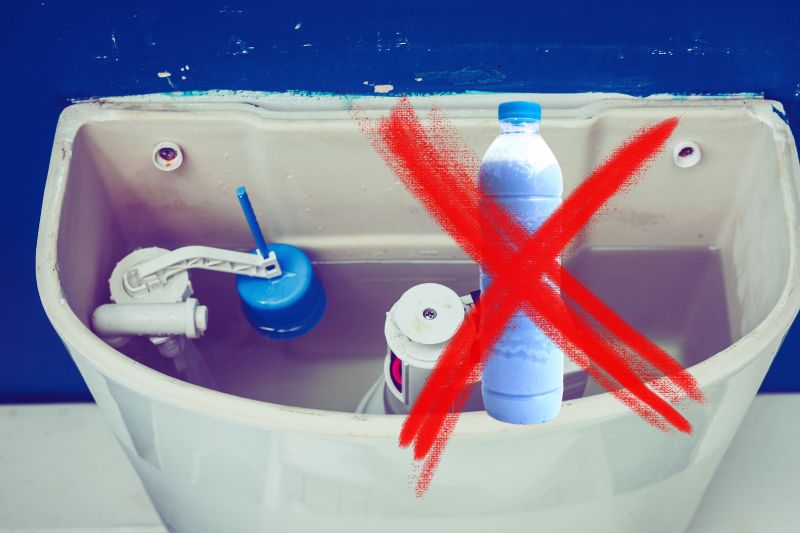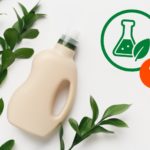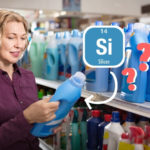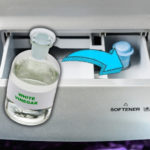Maintaining a clean bathroom can feel like an unending battle, and smelly toilets stand out as a persistent challenge.
In the quest for an effortless solution, one TikTok user has gone viral, claiming that placing fabric softener in the toilet tank is the secret to continuous bathroom freshness.
The TikTok video, initially shared by Easy Tips, showcases a DIY solution promising a fragrant and clean toilet with each flush.
As the footage rapidly gained traction, accumulating over 8 million views, 160 thousand likes, and 91 thousand shares (so far), it’s clear that people are eagerly seeking an uncomplicated fix for a squeaky-clean loo.
However, as with many internet trends, what seems like a simple solution might not be as foolproof as it appears. The reliability of online hacks is always a question, prompting plumbers and experts to raise red flags about the potential damage and environmental consequences of this widely-shared DIY bathroom tip.
The Viral TikTok Hack for All-Day Freshness
TikTok is no stranger to users sharing innovative cleaning hacks, with an entire subgenre of #CleanTok videos dedicated to creative solutions for mundane household tasks. The latest sensation in this genre is a toilet cleaning hack shared by content creator Easy Tips.
The hack promises to streamline bathroom maintenance and help maintain the freshness of the toilet by releasing a pleasant fragrance with each flush. In the TikTok video, the content creator tells viewers, “People always ask me why my bathroom is so fragrant…After this tip, you’ll never have to spend money on making your bathroom fragrant again.”
The accompanying video footage provides a step-by-step demo, encouraging viewers to place a recycled 500 ml screw-top bottle filled with fabric softener, bicarbonate of soda, and citrus juice in the toilet tank. “This tip is simply wonderful. I’m sure you and your family will love it,” says the creator.
@easy.tips39 The secret to a clean and fragrant bathroom!! #fy #fypシ #foryou #foryoupage ♬ som original – Easy Tips
How the Hack Works
Creating the fragrant toilet solution is simple, with the entire process broken down by Easy Tips in the two-minute TikTok video.
The video begins with showcasing a 500 ml recycled screw-top bottle. The bottle is emptied, and a funnel is used to add a capful of your favourite-smelling fabric softener.
Next, a tablespoon of bicarbonate of soda is thrown into the mix. The user explains the dual purpose of the baking soda—it aids in cleaning tough stains and contributes to overall freshness. The creator then adds the juice of one lime to enhance the scent and tops the bottle up with 200 ml of tap water.
The creator then turns the bottle upside down and pieces a hole in the bottom. The carefully pierced bottle is inserted into the toilet tank, with small holes allowing the solution to drip out gradually.
“As you can see, it will come out drop by drop,” he says. “With each flush, the lemon, together with the bicarbonate, is already cleaning your toilet [and] helping to kill bacteria. The fabric softener, on the other hand, will give your toilet that delicious scent.”
Scepticism and Humour from Viewers
While the video creator confidently hails the hack as “simply wonderful,” the comments section reveals a different narrative – scepticism. Many viewers doubt the cleaning solution’s efficacy, with one user explaining that, technically, this cleaning solution doesn’t even work:
“Baking soda neutralises acid in the lemon, so he’s created nothing; might as well just use water.”
Plumbers also chime in, with user Danielle Browne expressing amusement at potential damage to toilet parts:
“As a plumber, I love it when people destroy the gaskets in their tanks,” the TikTok user jokes. “This is a lifehack… for plumbers to get more customers,” writes another user, while Sweetpete50 issues a clear warning: “Don’t do it. You’ll be calling a plumber.”
Aside from potential damage to your toilet, another source of upset among viewers is the confusion between lemons and limes. Users playfully point out the mislabelling in the video, adding humour to the discussion. But this also feeds into scepticism over the hack, with one user writing, “And after you call a lime, a lemon… I can’t trust you.”
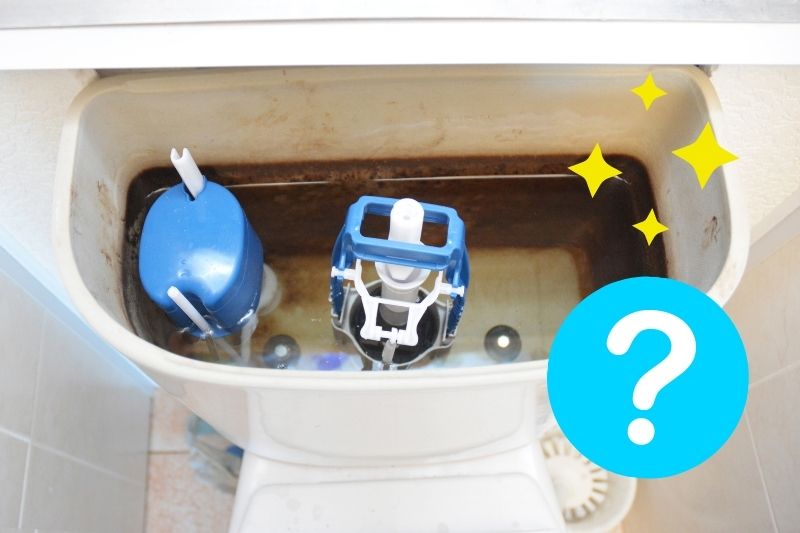
Plumber’s Perspective: Concerns and Caution
Despite the concerns (and confusion between limes and lemons), we wanted to discover if this cleaning hack had potential. Sadly, our research reveals the fears shared by many TikTok users are warranted: this hack is too good to be true.
Truth and Fiction actually debunked pouring fabric conditioner directly into your toilet tank in 2020. Even when using a pierced bottle to release it drip by drip (a “safer” solution to pouring fabric softener directly into the tank), the long-term effect can be disastrous. Fabric conditioners contain chemicals designed for laundry, not plumbing systems.
According to professional plumber Jessie Cannizzaro of Milestone Plumbing Inc., adding these chemicals to the toilet tank can cause the internal parts of your loo to deteriorate. Residue from the fabric softener can also clog pipes and cause damage to the flushing system. Your loo might smell lovely, but it will quickly stop working!
Beyond the potential harm to plumbing, experts emphasise the environmental consequences of the hack. The fabric softener-infused water, flushed into the drainage system with each use, can be detrimental to septic systems and pose a risk to aquatic life through water pollution.
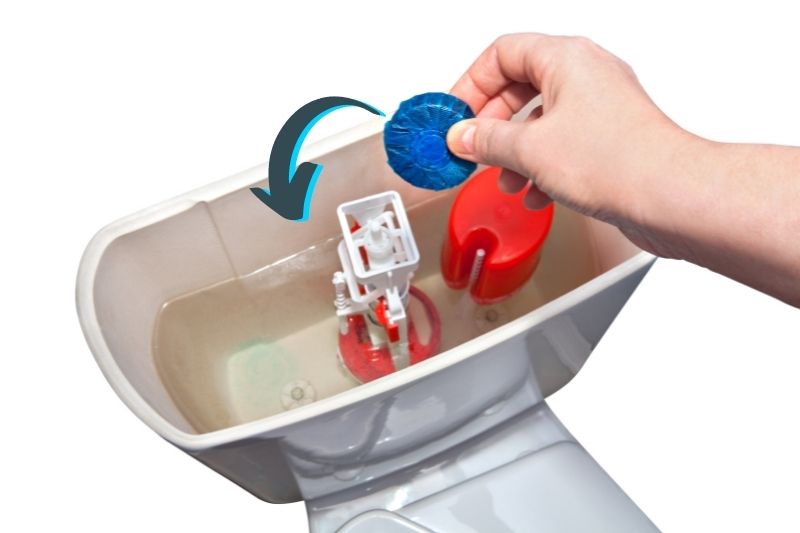
Safer Alternatives for Long-Lasting Bathroom Freshness
As with any internet trend, it’s essential to approach cleaning hacks cautiously. And although the prospect of an infinitely fresh-smelling toilet seems tempting, you should never try this TikTok hack at home – unless you want to call a plumber and splurge on costly repairs.
Instead, we propose safer alternatives for achieving a fresh-smelling bathroom. Our top suggestions include using essential oil diffusers, placing bicarbonate of soda in the bathroom for odour neutralisation, and adopting natural cleaning methods with vinegar and baking soda.
These alternatives prioritise eco-friendly practices and are deemed plumbing-safe, offering a balanced approach to maintaining a fresh and clean bathroom.
Trusting reliable cleaning methods and safer alternatives ensures a fresh bathroom without compromising your plumbing. So, although we wish for a self-cleaning bathroom, sometimes it’s best to put on rubber gloves and stick to proper toilet cleaning methods instead.

Hannah has a passion for cleaning. She worked her way around Australia by cleaning hostels in exchange for free accommodation and used her cleaning skills to bag a job as a chalet host for a luxury ski company in France.
